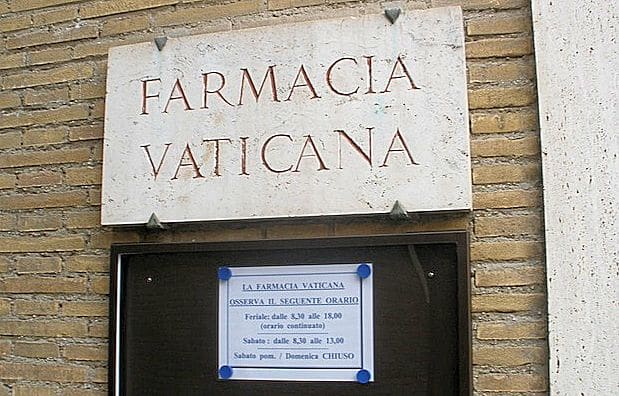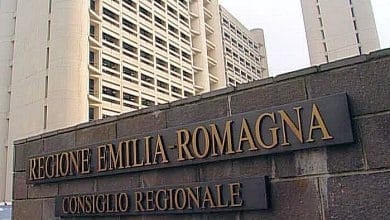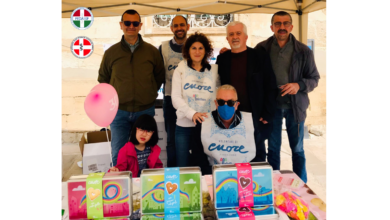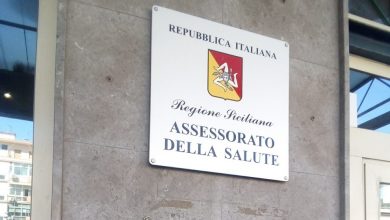
The petrol pump, the pharmacy, the tobacconist and the supermarket make more collections than Michelangelo and Raphael, the gardens and the Pontifical Villas combined

It is well known that the Vatican museums were a kind of state mint, with a turnover exceeding 90 million a year. But nobody knew, before today, that the pope earns even more with four shops hidden behind the sacred walls. That's right: the petrol pump, the pharmacy, the tobacconist and the supermarket make more collections than Michelangelo and Raphael, the gardens and the Pontifical Villas put together.
A miracle, given that – while the Renaissance masterpieces are besieged by 5 million tourists every year – the shops are reserved for very few people: that is, the curia and the residents (about 800 people) and the 2,800 lay employees. Yet the 2012 budget of the Governorate speaks clearly, and raises doubts (including fiscal ones) on traffic between Italy and the Holy See.
Let's start from pharmacy. While on average, according to studies by the National Association of the Pharmaceutical Industry, an Italian store serves a pool of 3,500 people, billing 700,000 euros a year, the sales point run by Friar Rafael Cenizo Ramirez has grossed a good 32.6 million. To be added to the 41.6 million of the previous year. Exploits that are easily explained: not only does the pharmacy accept prescriptions from foreign states, but it sells products at discounts (even by 20 percent) compared to those in Rome. In addition, the priests sell pills that are not found in Italy, from highly sought-after anti-hemorrhoidal pills (such as Hamolind) to expensive remedies for more serious illnesses. It is no coincidence that the Vatican pharmacy is the busiest pharmacy on the planet, overrun by almost two thousand customers a day.
 ( … continues)
( … continues)





